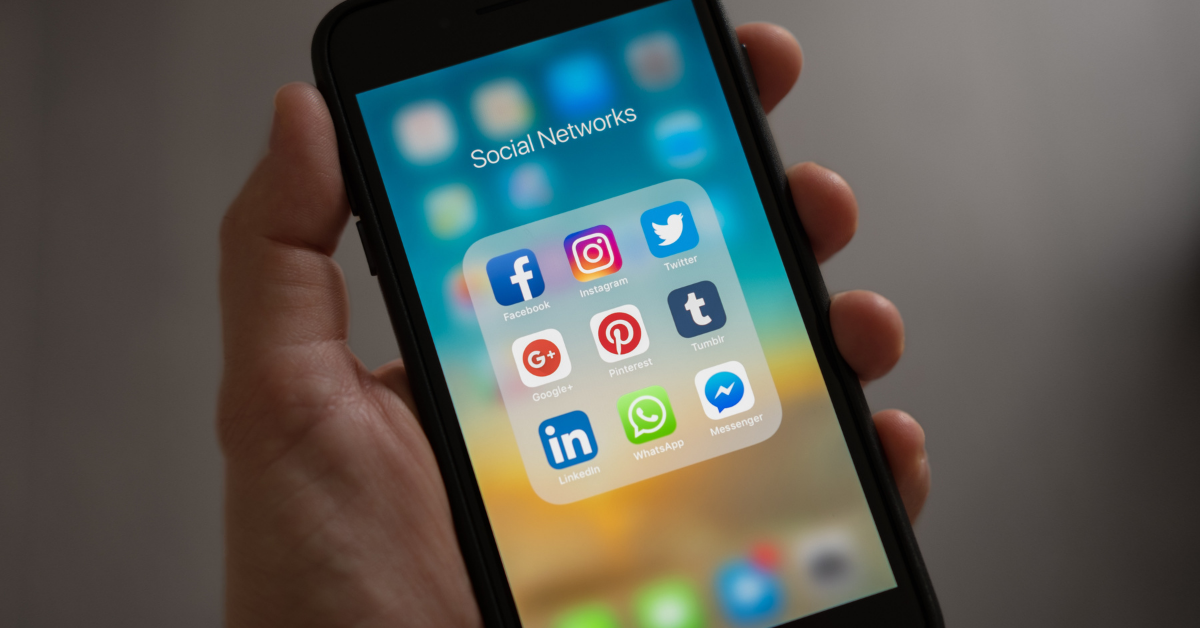Influencers can help you reach new audiences by tapping into their established group of followers. In fact, 49% of consumers rely on influencer recommendations before making a purchase. Here’s a list of Do’s and Don’ts for your next influencer campaign to make sure your nonprofit or socially responsible company is using influencers in the most advantageous way.
Do: Determine how you will use influencers.
Before you begin any research or outreach to influencers, decide and why you need influencers and how you plan to leverage them. Does your organization hope to raise funds? Does your organization want to raise awareness on the issues you work with? Asking yourself these questions will help determine what direction your research will go in and what your campaign will be. Make sure you have set goals, otherwise working with an influencer will not be a benefit. You must be able to clearly explain what your campaign aims to do and how the influencer can help when you start outreach. This includes any information you would want the influencer to use in their posting, such as campaign hashtags, images, or copy you have created. Send this to influencers with their contracts so they know to include the details in their posts.
Do: Identify the Right Influencers
Research is your best friend when starting an influencer campaign. Focus on searching for influencers who align with your values and mission. Some influencers may have already worked with nonprofits or they may focus on specific topics important to your organization’s work. The campaign you do with the influencer should feel authentic. For example, if your organization focuses on sustainability, look for influencers who already focus on using sustainable items, wear sustainable clothing or live a sustainable life. Finding the right influencer is the most important step and can help your campaign succeed.
Do: Determine the Right Social Media Platform
Make sure the influencer you want to work with is active on the platforms you want to focus on. Not all influencers are on every app. Some may focus solely on Instagram while others may focus on Facebook. Each platform has advantages and disadvantages. Facebook is great because you can promote posts to a target audience for a price. Additionally, over 2 billion people use Facebook worldwide. This can be a great platform on which to do a live event. Instagram focuses on sharing photos. Since Instagram is largely focused on the aesthetics of a photo, it may take more time for an influencer to edit/create something that will work well. Twitter is great for short updates. The character limit prevents you from sharing anything over 240 characters, so keep that in mind if you decide to use Twitter to promote your organization. TikTok is a growing platform that is full of video content reaching Gen Z.
Don’t: Focus on high follower counts
In your research, you will find that influencers’ follower count will vary. They can be broken down into Macro influencers (100K-1M followers) and Micro influencers (1,000 to 100K). Although your first instinct may be to work with an influencer who has a large following, that may not be the best strategy for your organization. Smaller influencers may have higher engagement because they reach a niche audience. Additionally, the cost to work with micro-influencers will be less than the cost to work with macro-influencers. This is something you should consider if your organization has a tight budget.
Don’t: Expect influencers to work for free.
When you begin your outreach to influencers, be prepared to negotiate prices and packages. Although some influencers may be willing to do free posts for nonprofits that they align with, you should not expect influencers to partner with your organization without a cost. We recommend setting a budget and working with influencers who are comfortable with operating within that budget.
Working with influencers can benefit both socially responsible consumer brands and nonprofits. Consider expanding your reach on social media by partnering with an influencer in the future.


